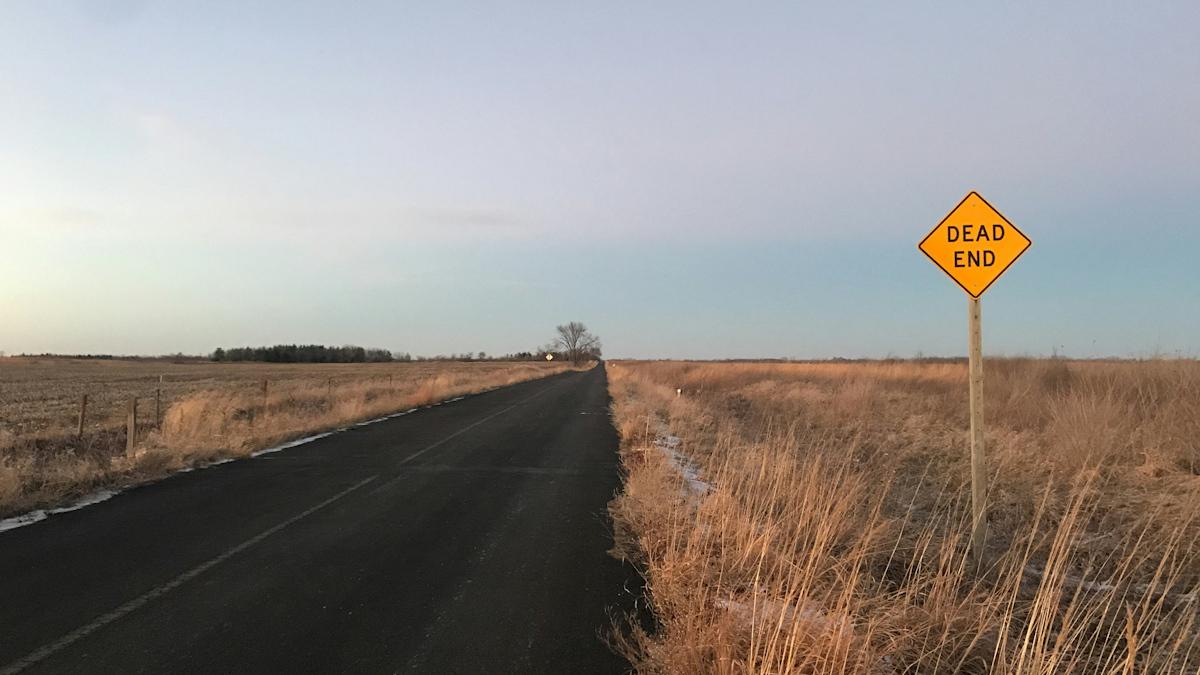J&J doublet beats Tagrisso in first-line lung cancer

AstraZeneca’s Tagrisso could face some serious competition as a first-line targeted therapy for advanced or metastatic EGFR-mutated non-small cell lung cancer (NSCLC), in the shape of a new two-drug regimen from Johnson & Johnson.
The combination J&J’s Rybrevant (amivantamab) with Yuhan Corp-partnered Leclaza (lazertinib) has been shown to be more effective than Tagrisso (osimertinib) on its own at extending progression-free survival in an interim analysis of the phase 3 MARIPOSA study.
There was also a trend towards improved overall survival compared to AZ’s drug, which will be monitored to see if it translates into a significant difference, and there were no concerns about the safety profile of the two-drug therapy, according to J&J.
Rybrevant is a bispecific antibody injection targeting EGFR and MET, while lazertinib is an oral third-generation EGFR tyrosine kinase inhibitor like Tagrisso, which is AZ’s top-selling drug with sales of more than $2.9 billion in the first half of this year.
Peter Lebowitz, global head of oncology R&D at J&J’s Janssen pharma unit, said the findings back the regimen as a “potential […] future standard of care” in front-line EGFR-mutated NSCLC.
Rybrevant is currently approved only for a subcategory of EGFR+ NSCLC patients with exon 20 mutations whose disease has progressed despite first-line chemotherapy – a niche indication not on Tagrisso’s label – and it has been filed for first-line use in this setting.
Approval of the combination based on MARIPOSA would result in the first head-to-head competition with AZ’s blockbuster.
The jury is still out over how successful the two-drug regimen would be in taking market share away from Tagrisso, which is well-established and familiar to oncologists, not least because Rybrevant needs to be given as an infusion every two weeks after a lead-in period, while Tagrisso monotherapy is given orally.
The unanswered questions are the scale of the improvements in PFS and possibly OS, which - if compelling - could tip the scales in favour of the dual regimen, even if it comes with additional dosing burden and potentially increased side effects. For now, only the top-line finding has been revealed, so all eyes will be on the full dataset when it is presented to oncologists.
Moreover, AZ recently reported data from the FLAURA2 study showing a benefit when chemotherapy was added to Tagrisso in the first-line setting, giving AZ an opportunity to push back if Rybrevant/Leclaza moves into the first-line setting.
There’s also the ever-present debate about the order in which EGFR-targeting drugs should be administered, given that resistance to them invariably develops and they stop working.
That was a debate when Tagrisso moved into earlier lines of therapy, and may well recur with Rybrevant/Leclaza, with some likely arguing the most effective regimen should be used first, while others will say it should be reserved for patients who stop responding to first-line therapy.
J&J is also running the MARIPOSA-2 trial of Rybrevant plus Leclaza or chemotherapy given after first-line Tagrisso to NSCLC patients with two other EGFR mutations (exon 19 deletions or L858R substitution), and reported top-line results earlier this month showing improved PFS with both regimens compared to second-line chemo.












